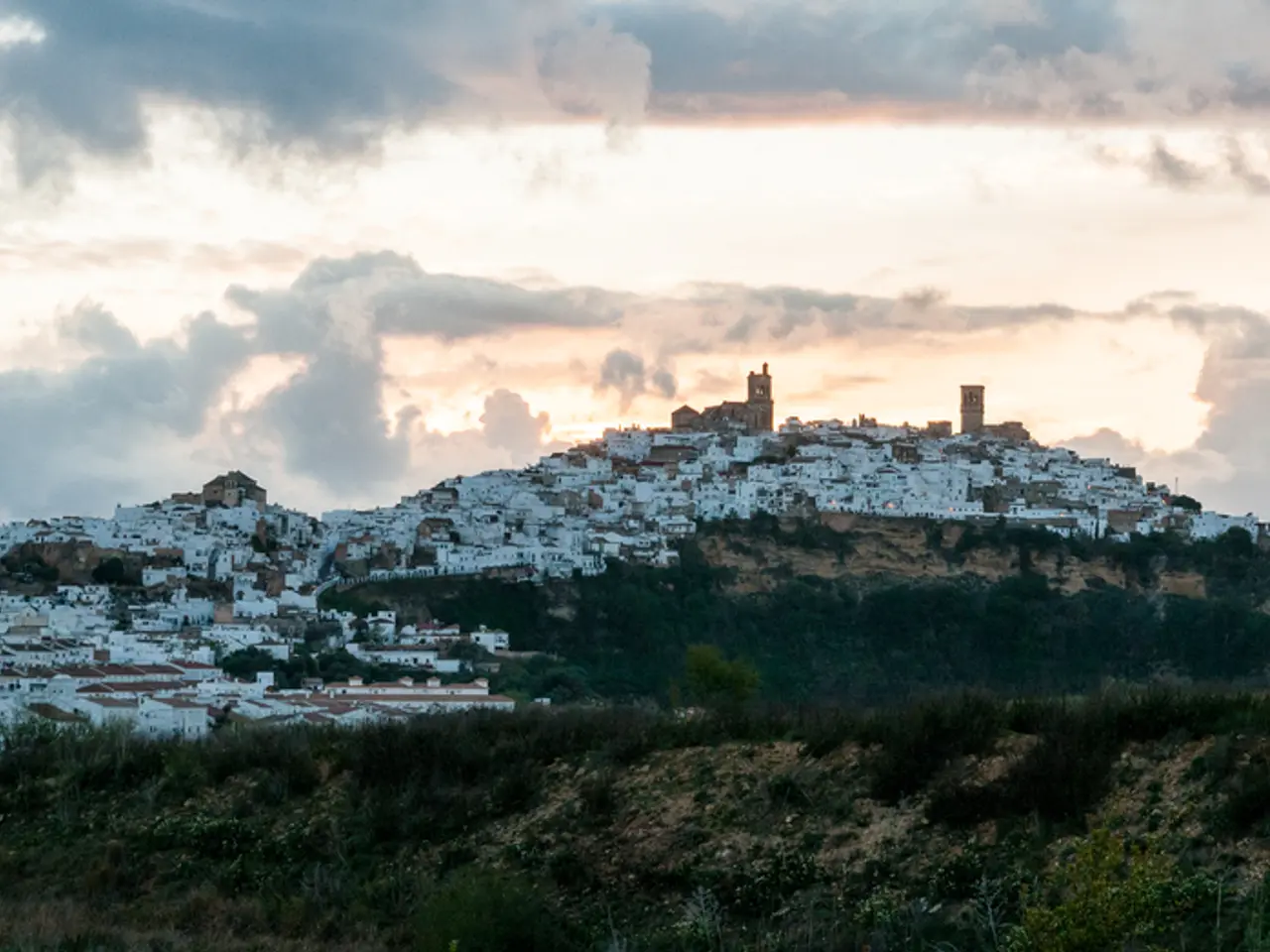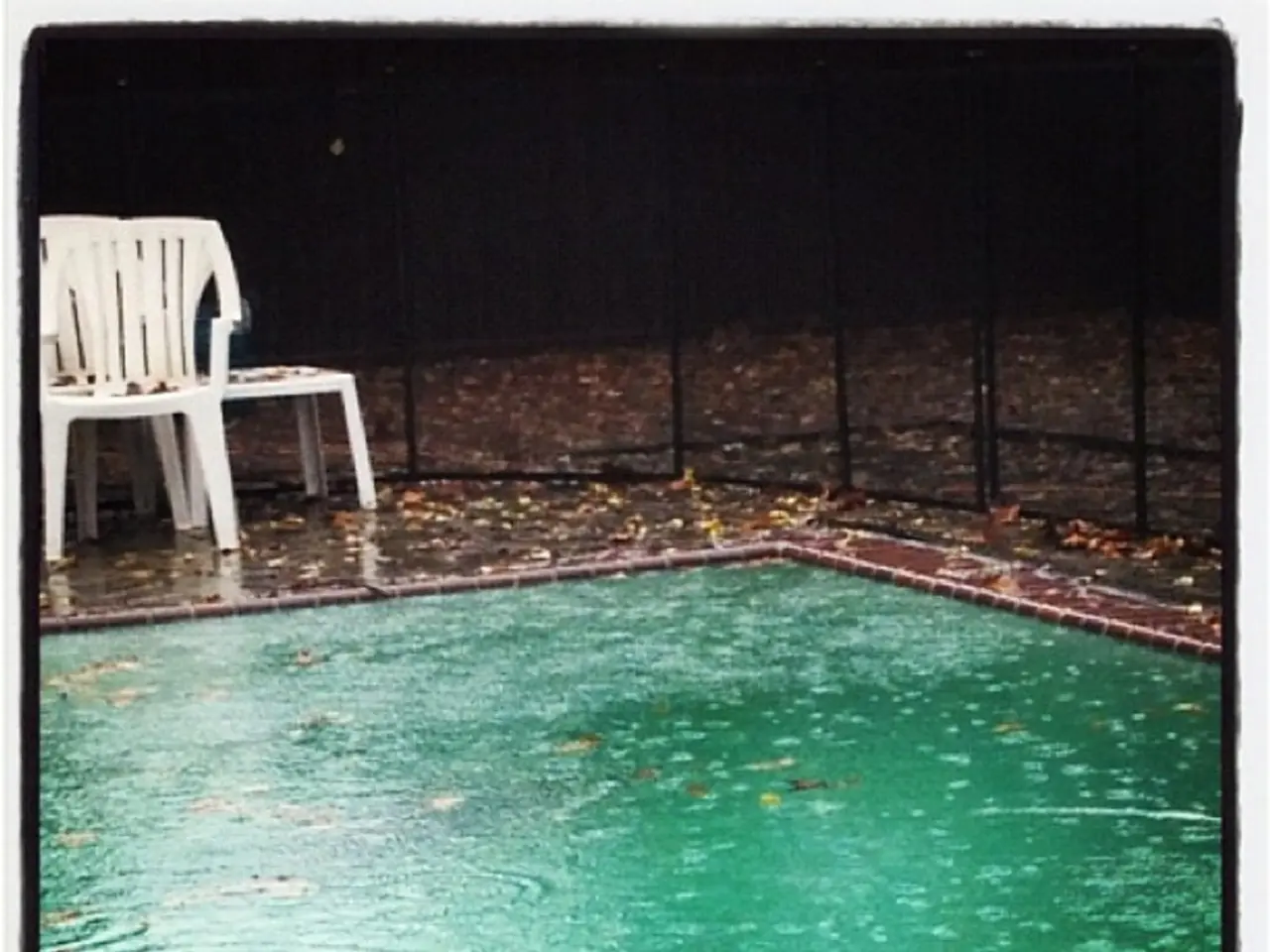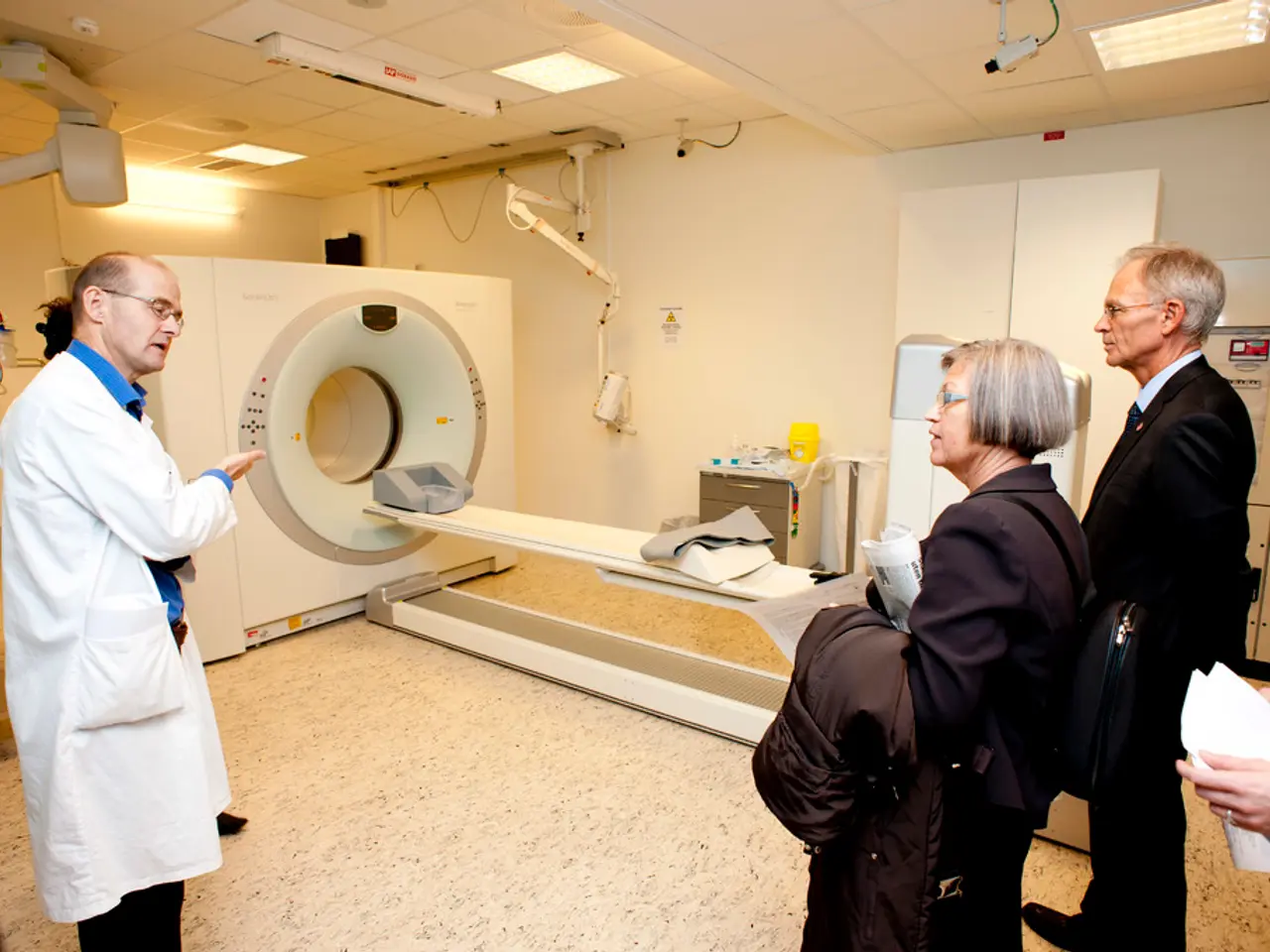Expelled from Karlovy Vary
The history of tourism development in Karlovy Vary, Czech Republic, spans several centuries, evolving from a modest settlement with mineral springs into a renowned European spa town known for health and leisure.
The origins of Karlovy Vary date back to medieval times, with the town being founded around its natural mineral springs. These springs were recognized early on for their supposed healing properties, attracting visitors seeking cures and wellness. However, at this stage, tourism was limited and informal, primarily involving local and regional visitors using the waters for health purposes.
Over time, particularly by the 17th and 18th centuries, Karlovy Vary gradually evolved into a popular retreat for European nobility and artists. This period marked the construction of lavish bathhouses and related infrastructure to accommodate wealthy visitors who came to enjoy the therapeutic mineral waters in style. The town’s appeal was boosted by its picturesque setting and growing reputation for health treatments.
The 18th century is considered Karlovy Vary’s golden age, as it became a prestigious spa destination frequented by aristocrats, intellectuals, and cultural figures from across Europe. Well-developed bathhouses, accommodations, and promenades were built, solidifying its status. The town’s tourism infrastructure expanded to include luxurious hotels, theaters, and dining establishments, blending health tourism with cultural and social activities.
Throughout the 20th century, despite political changes in the region, Karlovy Vary maintained its reputation as a major spa town, continuing to attract both domestic and international tourists. Following World War II and during the communist era, the spa industry was nationalized but remained active. After 1989, with the fall of communism and the Czech Republic’s integration into the EU, Karlovy Vary experienced renewed investment and modernization of its tourism facilities.
Today, Karlovy Vary is part of the UNESCO-listed Great Spa Towns of Europe, recognized for its cultural heritage and historic spa architecture. It remains a leading destination for wellness tourism, offering a combination of traditional spa treatments and a rich cultural experience. Excursions, glassworks, and museums complement the spa heritage, drawing visitors interested in both health and history.
On September 28, 2003, an entry was made in the Golden Book of the city of Karlovy Vary, marking the 50th anniversary of Wiesbaden’s solidarity. This solidarity was declared in 1953, following the expulsion of the German-Bohemian population due to the Beneš decrees after World War II.
Karlovy Vary's journey from a small medieval settlement to a modern spa town is a testament to the enduring appeal of its unique natural resources and cultural significance. Today, it stands as a prominent European wellness destination, attracting visitors from around the world.
[1] [https://www.karlovyvary.cz/en/history/] [2] [https://www.britannica.com/place/Karlovy-Vary] [3] [https://unesco.org/creative-cities/en/karlovy-vary]
Science plays a significant role in the medical-conditions aspect of Karlovy Vary's tourism, as the town's mineral springs, recognized since its medieval origins, are believed to have healing properties. Health-and-wellness tourism in Karlovy Vary has grown throughout the centuries, from local visitors seeking cures to the treatment of various conditions becoming a major attraction for tourists from around the world today.




